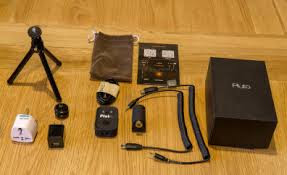Aperture Factor for Buying a Digital Camera
Cameras are everywhere. There’s one in your laptop, two in your phone, and doubtless a pair in your tablet that you’ve never used. There’s maybe one in your doorbell, even, or strapped to your head while you bomb the slopes. We’re taking more pictures in additional ways and sharing them in additional places than ever.
Camera companies offering camera trap don’t exactly make life easy, either. Spec sheets are laden with alien terms like ISO and f-numbers, and once you manage to urge a grasp on what they mean, you’re still confronted with a spectacular sort of options. So we’ve put together this guide to assist you to navigate the quagmire of excess information, acronyms, and jargon.
Aperture
Measured
using the horribly confusing f-number scale, the aperture is another
dead-simple setting saddled with obtuse nomenclature. Basically, most lenses
have the power to constrict the sunshine that passes through them using an
indoor element, which may be extended and retracted using controls on the
camera.
If
you would like more light in your image, you pull that diaphragm back as far
because it goes, or if you would like less, you extend it and limit the
incoming rays to a narrower, more focused hole. Aperture, therefore, is simply
a relative measure for the diameter of your lens opening. Lower f-numbers
indicate a wider aperture, with f/2.8 and below being the extremes, while
higher ones signify that more light is being blocked.
One a side effect of a wide-open lens of the camera with a camera remote is that it allows tons of unfocused light rays. The result's a shallow depth of field, meaning anything ahead of or behind the
world on which you’re focusing will appear blurry. Wide aperture settings tend
to constrict the in-focus area to a razor-thin sliver, particularly on nearby
subjects, supplying you with the much-desired soft background bokeh effect.
The
most extreme depth of field effects are the exclusive preserve of large-sensor
cameras; you merely can’t achieve an equivalent defocusing effect with smaller
sensors, which retain a generous in-focus depth even at f/1.4.






Comments
Post a Comment